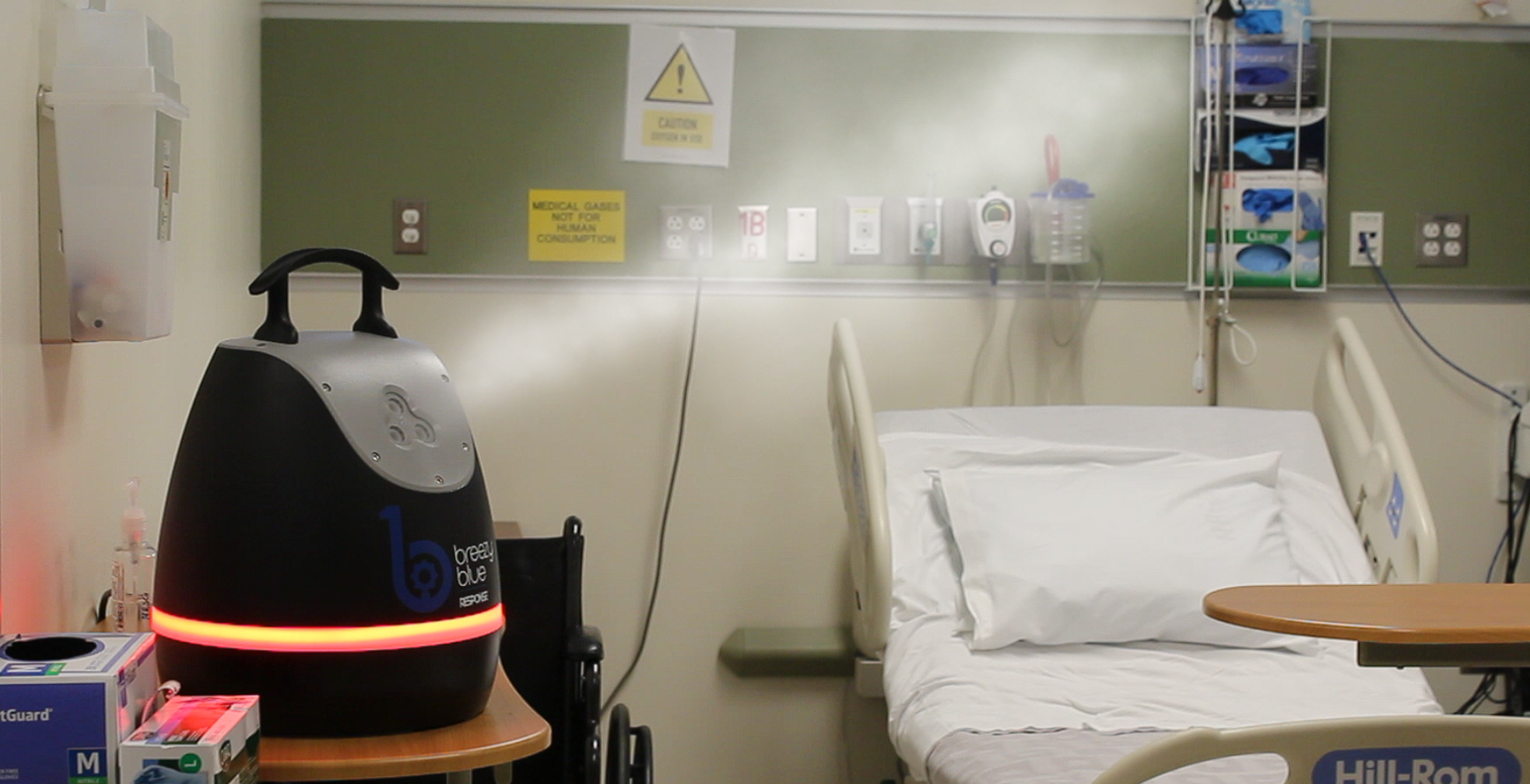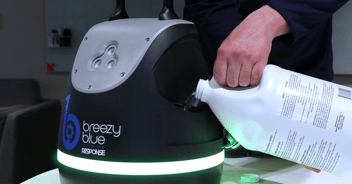
AJIC article on robotic versus manual disinfection
The American Journal of Infection Control article "Robotic versus manual disinfection of global priority pathogens at COVID-19 dedicated hospitals" compares the effectiveness of robotic disinfection against manual disinfection in hospital environments, particularly for addressing the global priority pathogens identified by the World Health Organization (WHO).
Key Findings
Background
WHO identified 12 bacterial families as global priority pathogens due to their high threat level and increasing antibiotic resistance.
Study Objective
To compare the disinfection efficacy of a robotic disinfection system versus traditional manual disinfection in two Nepalese hospitals dedicated to COVID-19 patients.
Methods
-
- A disinfection robot was compared to manual disinfection for germicidal efficacy. Both methods used sodium hypochlorite (NaOCl 0.5%) spray as a disinfectant.
- Samples were collected from surfaces (beds, floors, doorknobs, and medical devices) before and after both disinfection methods.
- Bacterial contamination was analyzed for common hospital pathogens like Staphylococcus aureus, Escherichia coli, Acinetobacter spp., and Klebsiella pneumoniae.
Results
-
- Both methods significantly reduced microbial loads.
- However, robotic disinfection was nearly 100x more effective, achieving a higher bacterial reduction (log 5.8) compared to manual disinfection (log 3.95).
- No pathogens were detected post-robotic disinfection, while some pathogens persisted after manual cleaning.
Conclusion
-
- Robotic disinfection offers a more efficient, contactless, and error-free alternative to manual cleaning.
- Given its higher efficacy and ability to reduce human exposure, robotic disinfection is recommended for hospital settings, particularly during infectious disease outbreaks like COVID-19.
Significance
Robots can enhance hospital hygiene, reduce healthcare worker exposure, and improve infection control. Findings suggest that adopting robotic disinfection could be crucial in fighting antimicrobial resistance (AMR) and improving patient safety.
Download a PDF of the full AJIC article here.




